TABLE 15-5
What are the factors that determine the acceleration time (in sec.) from 0 to 60 miles per hour of a car? Data on the following variables for 171 different vehicle models were collected:
Accel Time: Acceleration time in sec.
Cargo Vol: Cargo volume in cu. ft.
HP: Horsepower
MPG: Miles per gallon
SUV: 1 if the vehicle model is an SUV with Coupe as the base when SUV and Sedan are both 0
Sedan: 1 if the vehicle model is a sedan with Coupe as the base when SUV and Sedan are both 0
The regression results using acceleration time as the dependent variable and the remaining variables as the independent variables are presented below.
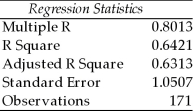 ANOVA
ANOVA

 The various residual plots are as shown below.
The various residual plots are as shown below.
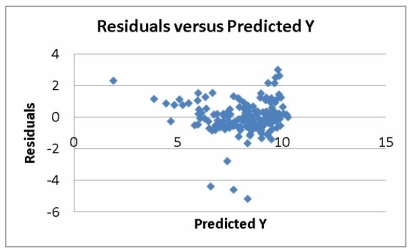
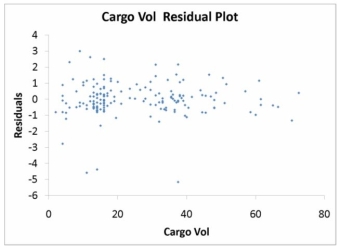
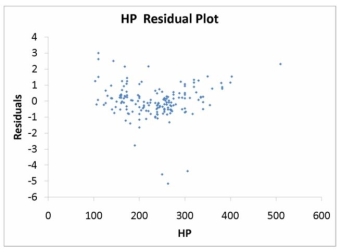
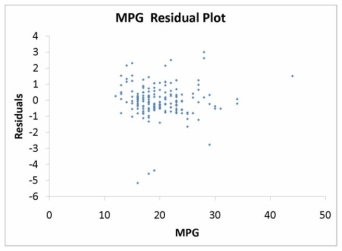
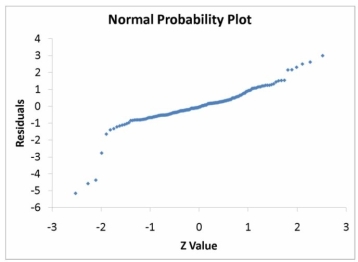 The coefficient of partial determination (
The coefficient of partial determination (  ) of each of the 5 predictors are, respectively, 0.0380, 0.4376, 0.0248, 0.0188, and 0.0312.
) of each of the 5 predictors are, respectively, 0.0380, 0.4376, 0.0248, 0.0188, and 0.0312.
The coefficient of multiple determination for the regression model using each of the 5 variables as the dependent variable and all other X variables as independent variables (  ) are, respectively, 0.7461, 0.5676, 0.6764, 0.8582, 0.6632.
) are, respectively, 0.7461, 0.5676, 0.6764, 0.8582, 0.6632.
-Referring to Table 15-5, what is the correct interpretation for the estimated coefficient for HP?
Definitions:
Mortgage Bond
A type of bond secured by a mortgage or pool of mortgages, providing specific property as collateral for the bond's obligations.
Goods
Tangible personal property that is either currently existing or identified and existing in the future.
Personal Property Securities Act
Legislation governing the registration and enforcement of security interests in personal property other than real estate.
Chattel Mortgage
A form of secured loan where personal movable property is used as collateral for the loan, without surrendering possession of the property.
Q1: Which of the following is not part
Q4: Referring to Table 17-4, suppose the sample
Q19: A survey claims that 9 out of
Q44: A realtor wants to compare the variability
Q67: Referring to Table 13-9, the estimated average
Q81: Referring to Table 15-5, the 0 to
Q120: Referring to Table 16-13, to obtain a
Q126: The total sum of squares (SST) in
Q127: The R chart is a control chart
Q152: Referring to Table 13-10, it is inappropriate